Home>Gardening & Outdoor>Landscaping Ideas>What Kind Of Paint To Use On Grass
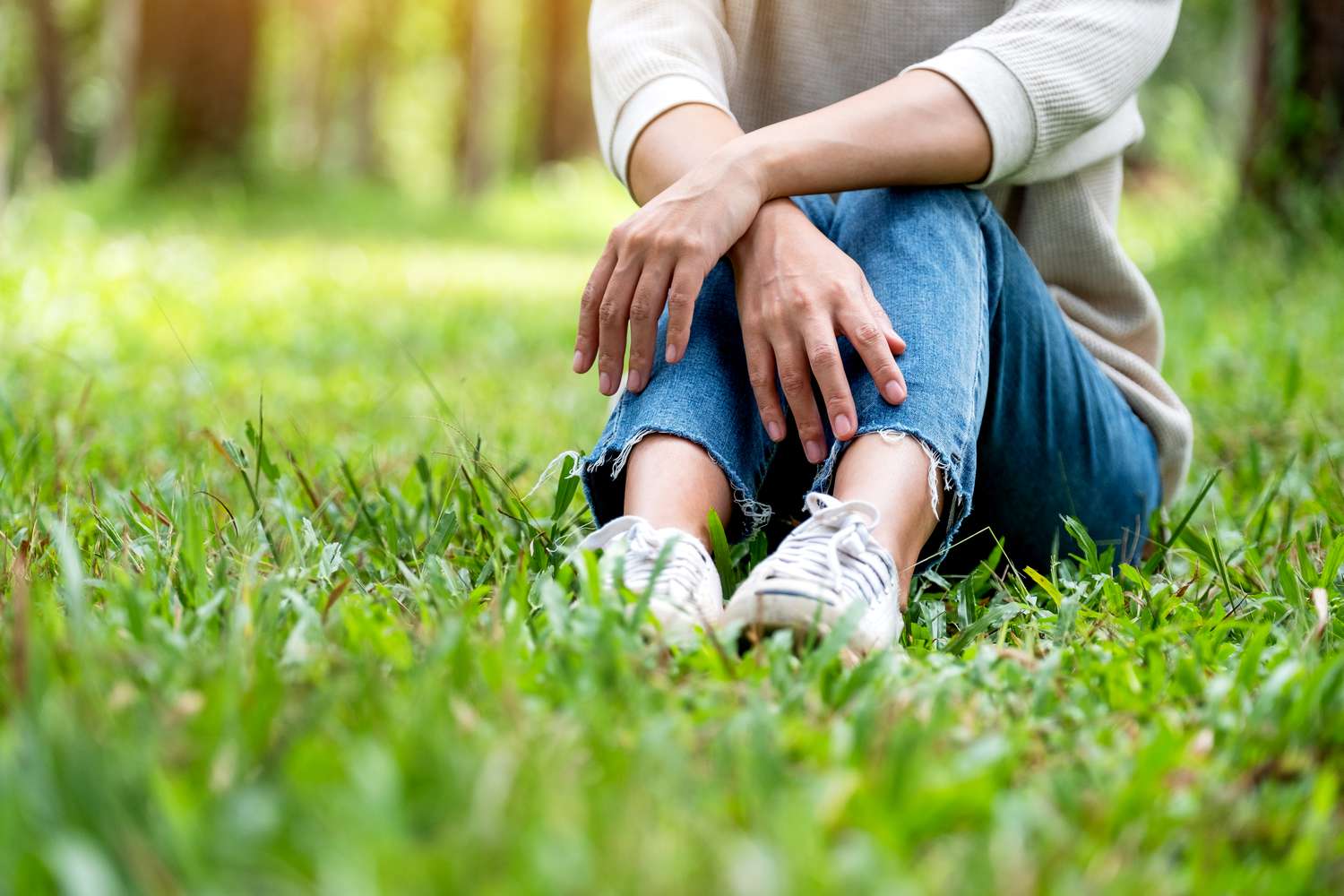

Landscaping Ideas
What Kind Of Paint To Use On Grass
Modified: February 18, 2024
Discover the best landscaping ideas for painting grass and transforming your outdoor space. Learn what kind of paint to use and how to achieve stunning results.
(Many of the links in this article redirect to a specific reviewed product. Your purchase of these products through affiliate links helps to generate commission for Storables.com, at no extra cost. Learn more)
Introduction
So, you've got a beautiful lawn, but you're looking to add a little extra pizzazz to your outdoor space. Maybe you're hosting a special event, or you simply want to express your creativity in a unique way. Whatever the reason, painting your grass can be a fun and innovative way to enhance the visual appeal of your lawn. However, before you grab a paintbrush and start splashing color on your grass, there are several important factors to consider.
In this comprehensive guide, we'll explore the various types of paint suitable for grass, the application process, and the aftercare and maintenance required to ensure a vibrant and long-lasting result. Whether you're a seasoned DIY enthusiast or a first-time painter, this article will equip you with the knowledge and confidence to transform your lawn into a stunning work of art.
Let's dive into the fascinating world of grass painting and discover the endless possibilities it offers for elevating your outdoor living space.
Key Takeaways:
- Choose the right paint type, consider weather conditions, and follow proper application techniques to create vibrant and long-lasting painted grass designs while preserving the health of your lawn.
- After painting your grass, minimize foot traffic, maintain regular watering, and monitor for fading to ensure the longevity and beauty of your painted lawn while supporting the environment.
Read more: What Kind Of Paint To Use On A Dresser
Factors to Consider
Before embarking on the endeavor of painting your grass, it’s essential to consider several crucial factors to ensure a successful and visually appealing outcome. Understanding these factors will not only guide your decision-making process but also contribute to the longevity and health of your lawn.
- Grass Type: The type of grass in your lawn plays a significant role in determining the compatibility of paint. Different grass species have varying textures, growth patterns, and resilience, which can influence how well the paint adheres and how the grass responds to the application process.
- Weather Conditions: The weather at the time of painting and in the immediate days following the application is critical. Ideally, choose a day with mild temperatures, low wind, and minimal chance of rain. Extreme heat, strong winds, or precipitation can affect the paint’s drying process and adherence to the grass.
- Purpose and Design: Consider the purpose of painting your grass. Whether it’s for a special event, a temporary decorative motif, or a more permanent landscape feature, the intended purpose will influence the type of paint and application method you choose.
- Environmental Impact: It’s important to select environmentally friendly paint options that won’t harm the soil, surrounding vegetation, or local wildlife. Opting for non-toxic, biodegradable paints ensures minimal ecological impact and aligns with sustainable landscaping practices.
- Regulations and Permissions: Check local regulations and obtain any necessary permissions before painting your grass, especially if you live in a community governed by homeowners’ association rules or municipal ordinances. Some areas may have restrictions on lawn modifications for aesthetic or environmental reasons.
By carefully considering these factors, you can make informed decisions that contribute to a successful grass-painting project while preserving the health and natural beauty of your lawn.
Types of Paint Suitable for Grass
When it comes to painting grass, not all types of paint are created equal. Selecting the right paint is crucial for achieving vibrant, long-lasting results while ensuring the health of your lawn. Here are some paint options suitable for grass:
- Biodegradable Grass Paint: This type of paint is specifically formulated for use on grass and is designed to be eco-friendly and non-toxic. It provides a temporary pop of color for special events or seasonal decorations and gradually fades away without causing harm to the grass or the environment.
- Turf Paint: Turf paint is a durable and long-lasting option suitable for both residential and commercial use. It is designed to withstand foot traffic, mowing, and varying weather conditions, making it ideal for creating sports field lines, logos, or vibrant patterns on grass surfaces.
- Temporary Marking Paint: Often used for marking utility lines, construction sites, or athletic fields, temporary marking paint can also be utilized for short-term grass painting projects. It is available in a variety of colors and is formulated to fade over time, making it suitable for temporary decorative applications.
- Acrylic Latex Paint: While not specifically designed for grass, acrylic latex paint can be used for painting small areas of grass for artistic or decorative purposes. It is essential to dilute the paint with water to ensure it does not smother the grass and to choose colors that complement the natural greenery.
Before selecting a paint type, consider the intended duration of the painted design, the level of foot traffic the area receives, and the environmental impact of the paint. Additionally, always follow the manufacturer’s guidelines and ensure the paint is safe for use on grass to maintain a healthy and vibrant lawn.
You can use non-toxic, water-based spray paint specifically designed for grass. Look for products labeled as “grass paint” or “turf paint” to ensure the best results.
Application Process
Now that you’ve chosen the right type of paint for your grass, it’s time to delve into the application process. Proper application is crucial for achieving an even, vibrant, and long-lasting result. Follow these steps to ensure a successful grass-painting project:
- Preparation: Begin by mowing the grass to a uniform height, removing any debris or obstacles from the area to be painted. If necessary, mark the boundaries of the painting area using non-toxic chalk or temporary marking paint.
- Surface Preparation: Ensure the grass is dry and free from dew or moisture before applying the paint. Excess moisture can hinder paint adhesion and result in uneven coverage.
- Application Method: Depending on the type of paint and the size of the painting area, choose an appropriate application method. For smaller areas or intricate designs, consider using a handheld sprayer or brush for precision. For larger areas, a paint sprayer or roller may be more efficient.
- Even Coverage: Apply the paint in thin, even layers, moving in a consistent direction to avoid streaks or patches. Take care not to oversaturate the grass, as excessive paint can impede the grass’s ability to receive sunlight and nutrients.
- Drying Time: Allow the painted grass to dry completely according to the manufacturer’s recommendations. Avoid walking or placing objects on the painted surface until it is fully dry to prevent smudges or imprints.
Throughout the application process, pay attention to weather conditions, ensuring that wind and rain will not disrupt the painting process or compromise the paint’s adherence to the grass. By following these steps and exercising patience and precision, you can achieve a stunning and professional-looking painted grass surface.
Aftercare and Maintenance
Once you’ve completed the grass painting process, proper aftercare and maintenance are essential for preserving the vibrancy of the painted surface and supporting the overall health of your lawn. Consider the following guidelines for post-painting care:
- Minimize Foot Traffic: To allow the paint to fully adhere and set, minimize foot traffic on the painted grass for the recommended drying period. This will prevent smudging or displacement of the paint.
- Regular Watering: Maintain a regular watering schedule to ensure the painted grass receives adequate moisture. However, avoid overwatering, as excessive moisture can cause the paint to fade more quickly.
- Mowing Considerations: When mowing the lawn, adjust the mower height to avoid cutting the grass too short, as this can affect the painted surface. Additionally, use a sharp mower blade to prevent tearing or damaging the painted grass.
- Touch-Up and Maintenance: Periodically inspect the painted grass for signs of fading or wear, especially in high-traffic areas. Touch up any areas that may require additional paint to maintain a consistent and vibrant appearance.
- Environmental Impact: Be mindful of the environmental impact of the paint. If using biodegradable or temporary paints, monitor the natural fading process and take proactive steps to remove any remaining paint residue to support the health of the grass and soil.
By incorporating these aftercare practices into your lawn maintenance routine, you can extend the longevity of the painted grass while preserving the overall health and beauty of your outdoor space. With proper care and attention, your painted grass can continue to captivate and enhance your landscape for an extended period.
Read more: What Kind Of Paint Is Used For DIY Projects
Conclusion
Painting your grass offers a creative and versatile way to elevate the visual appeal of your lawn, whether for special events, seasonal decorations, or artistic expression. By considering the type of paint, the application process, and the aftercare and maintenance requirements, you can achieve stunning and long-lasting results while preserving the health of your grass.
As you embark on your grass-painting journey, remember to select environmentally friendly paint options, adhere to proper application techniques, and prioritize the ongoing care of the painted surface. Whether you opt for biodegradable grass paint for temporary designs or durable turf paint for long-lasting motifs, the key is to approach the process with creativity, patience, and a commitment to maintaining a vibrant and healthy lawn.
With the knowledge and insights gained from this guide, you are well-equipped to transform your lawn into a captivating canvas of color, adding a unique and personalized touch to your outdoor living space. Embrace the endless possibilities of grass painting, and let your creativity flourish as you embark on this innovative and rewarding landscaping endeavor.
So, go ahead – unleash your imagination, pick up that paintbrush, and watch as your lawn blossoms into a breathtaking work of art!
Frequently Asked Questions about What Kind Of Paint To Use On Grass
Was this page helpful?
At Storables.com, we guarantee accurate and reliable information. Our content, validated by Expert Board Contributors, is crafted following stringent Editorial Policies. We're committed to providing you with well-researched, expert-backed insights for all your informational needs.
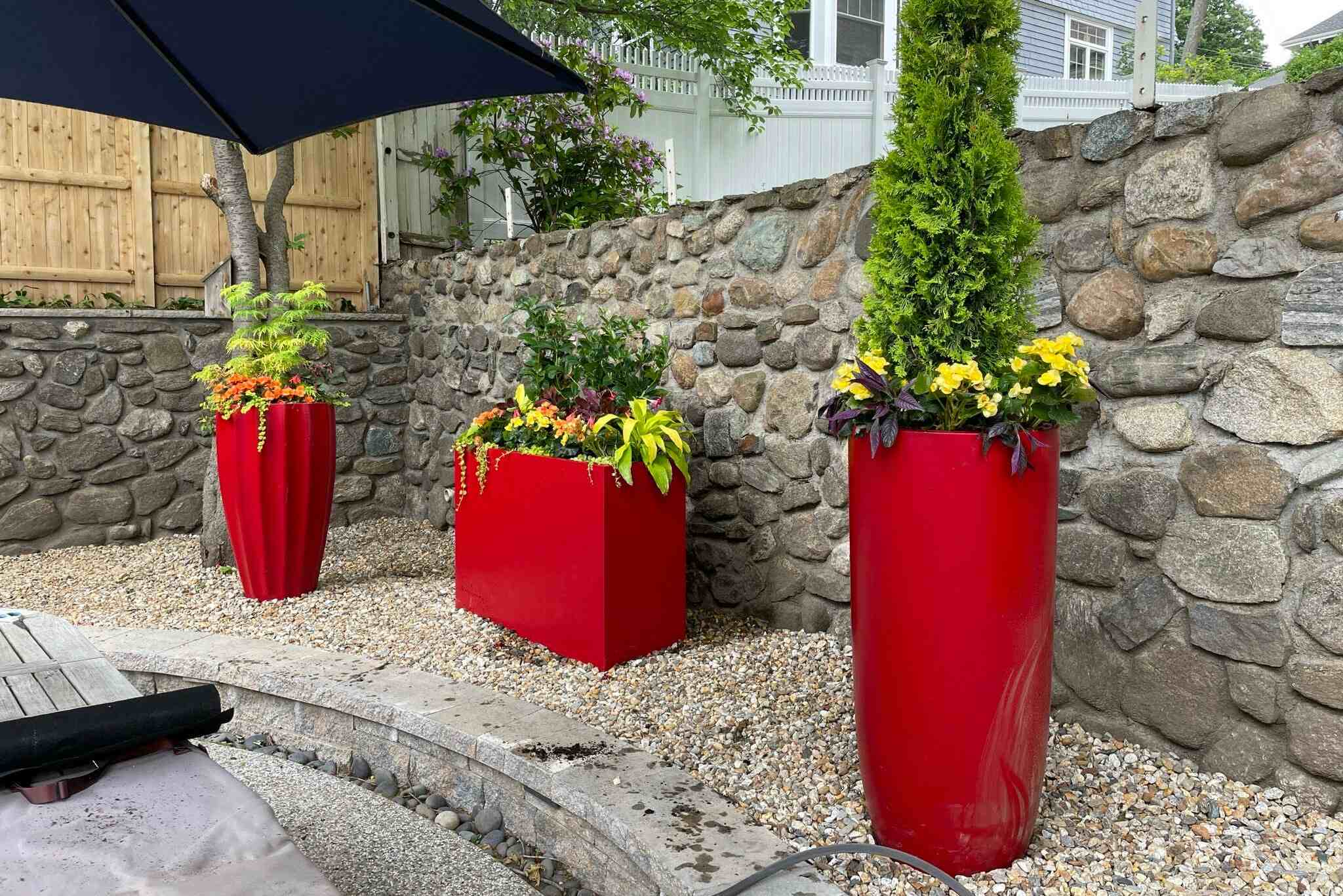
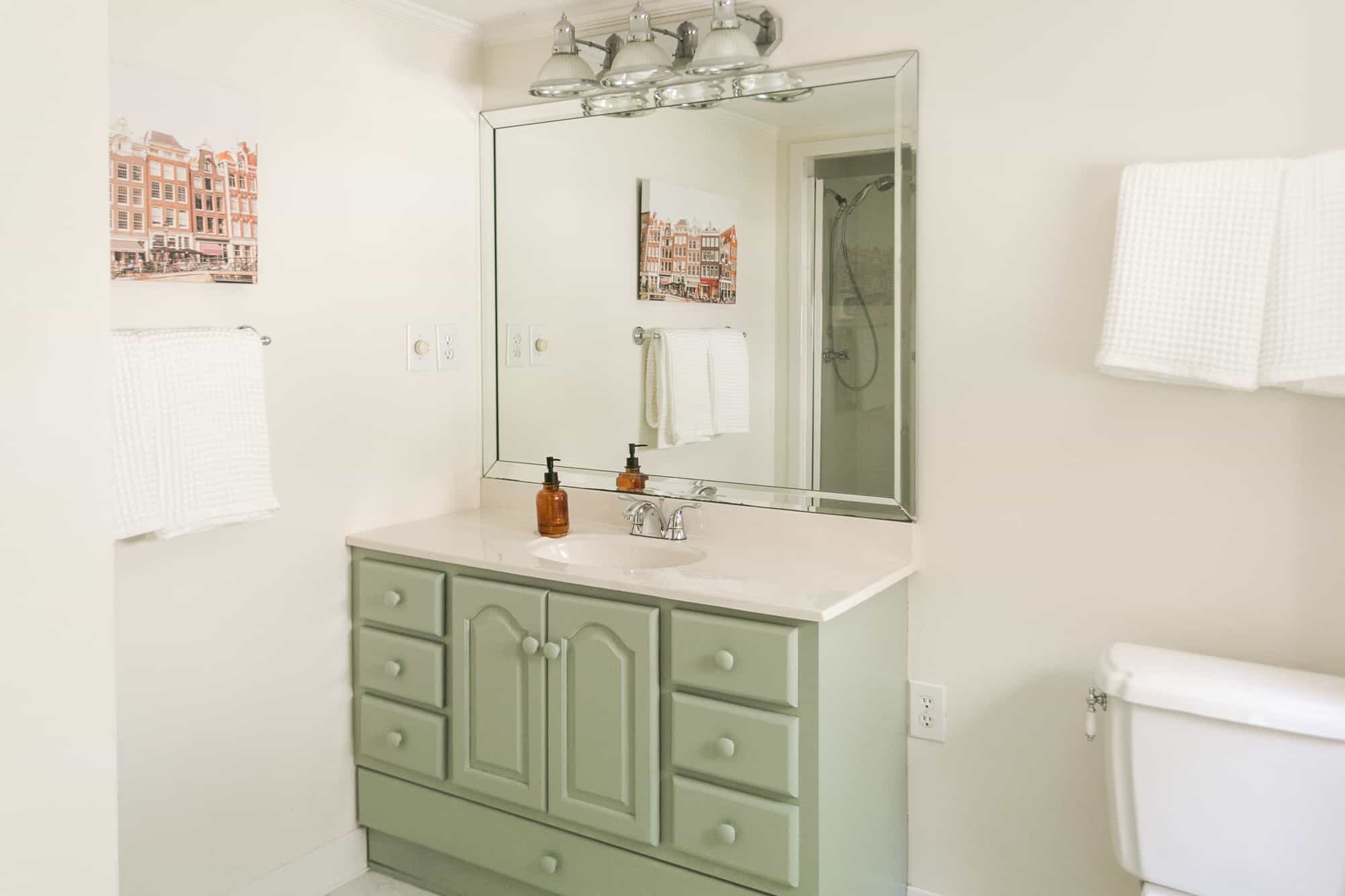
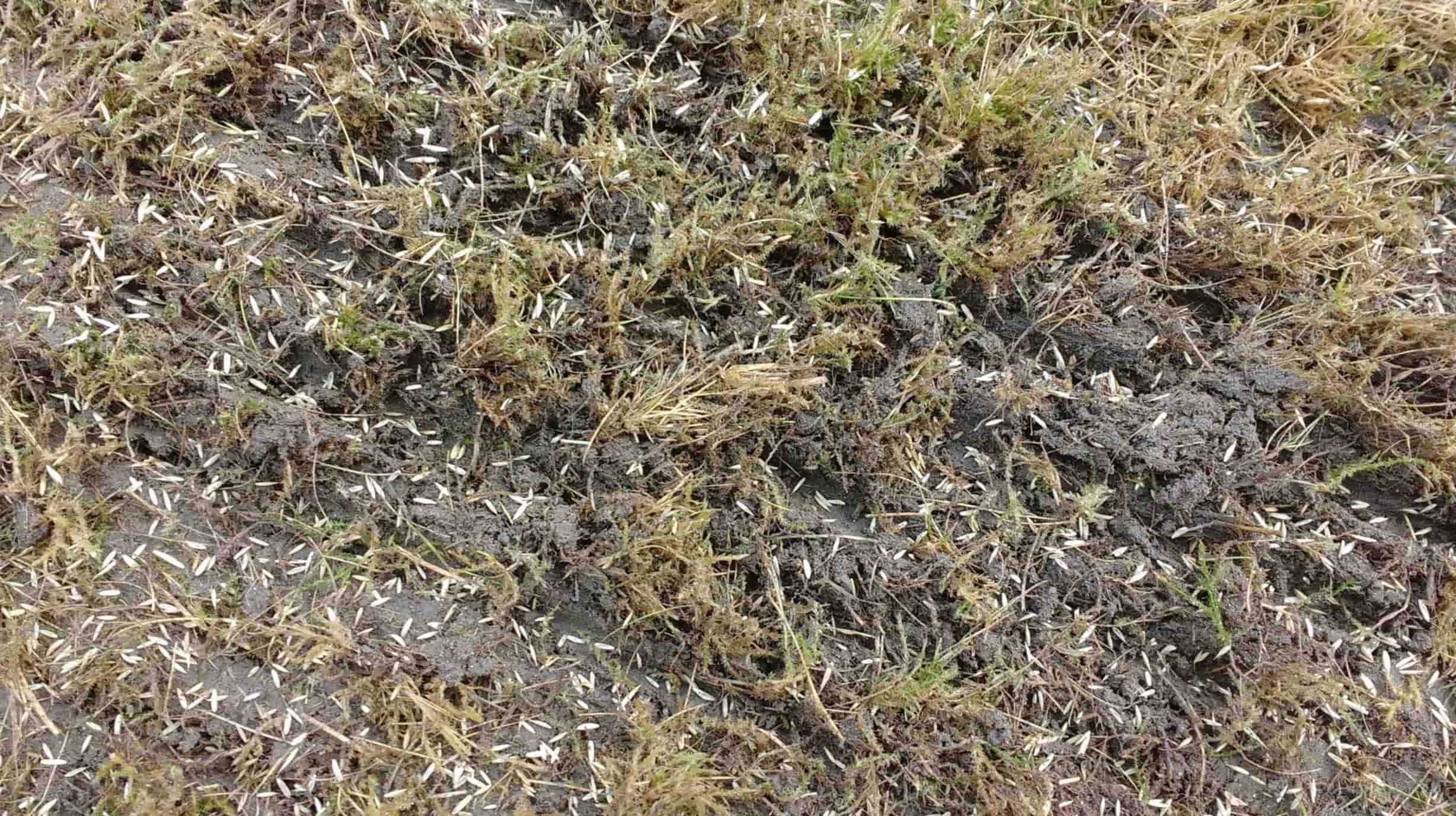
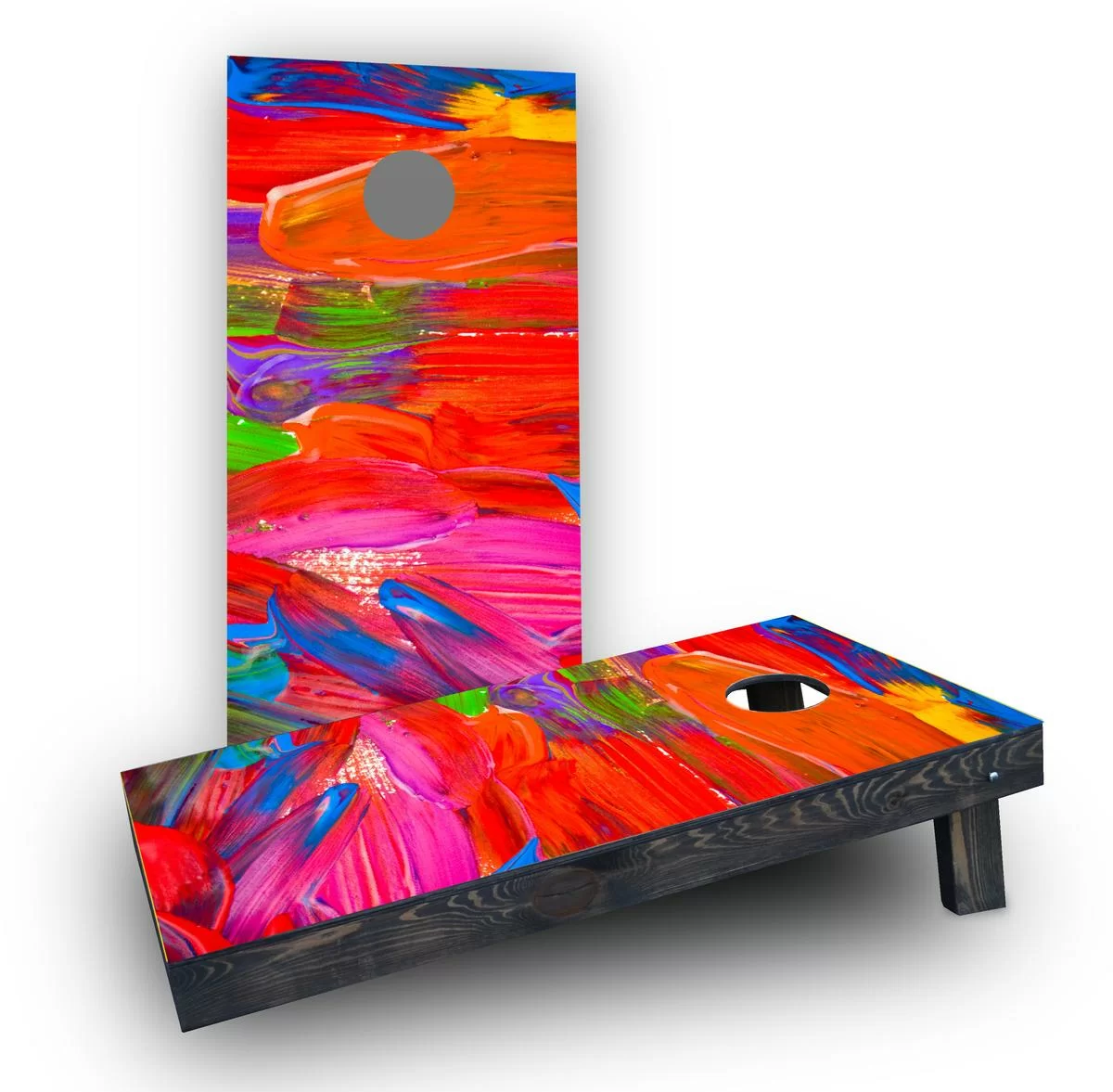
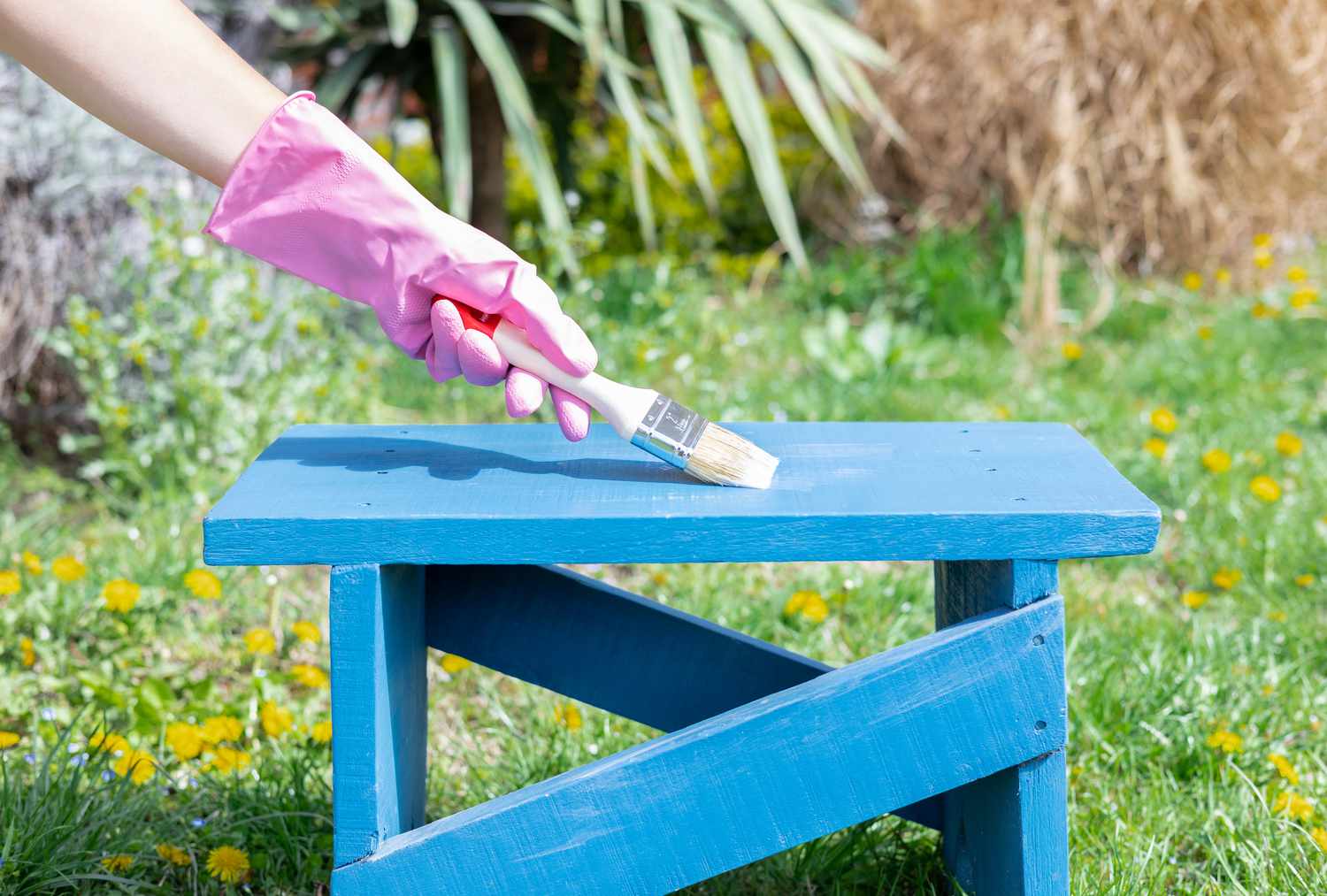
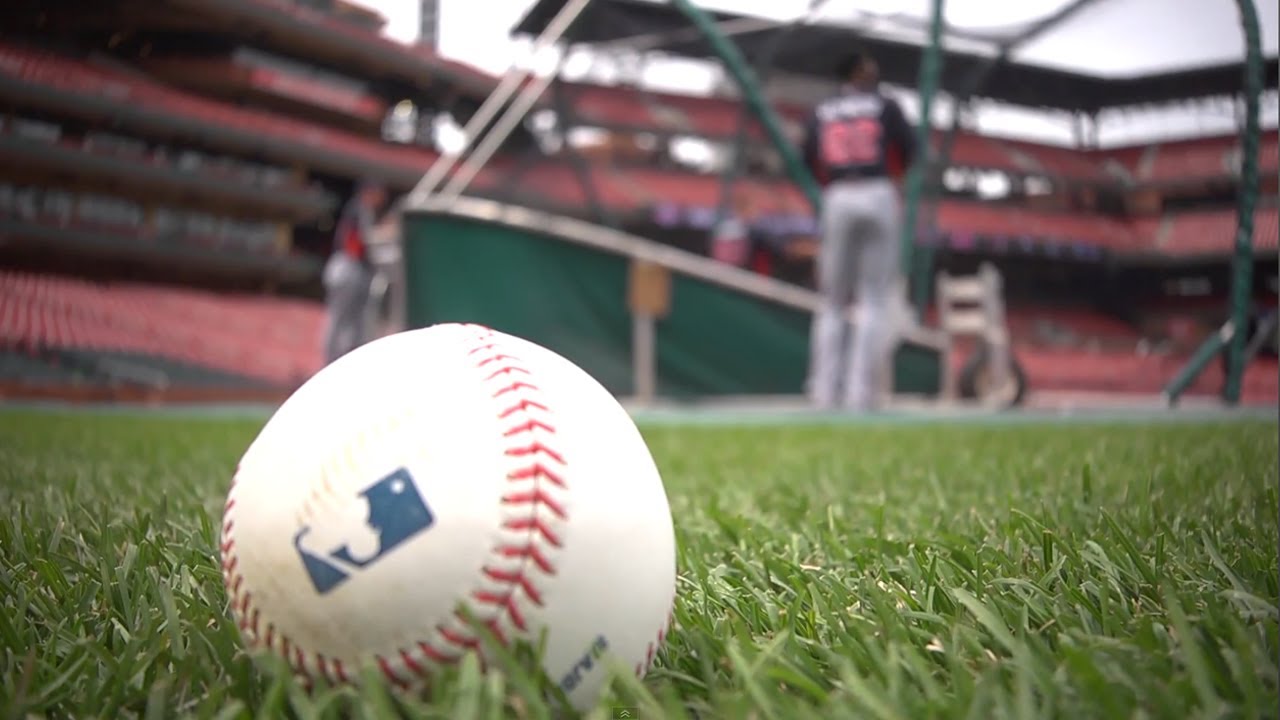
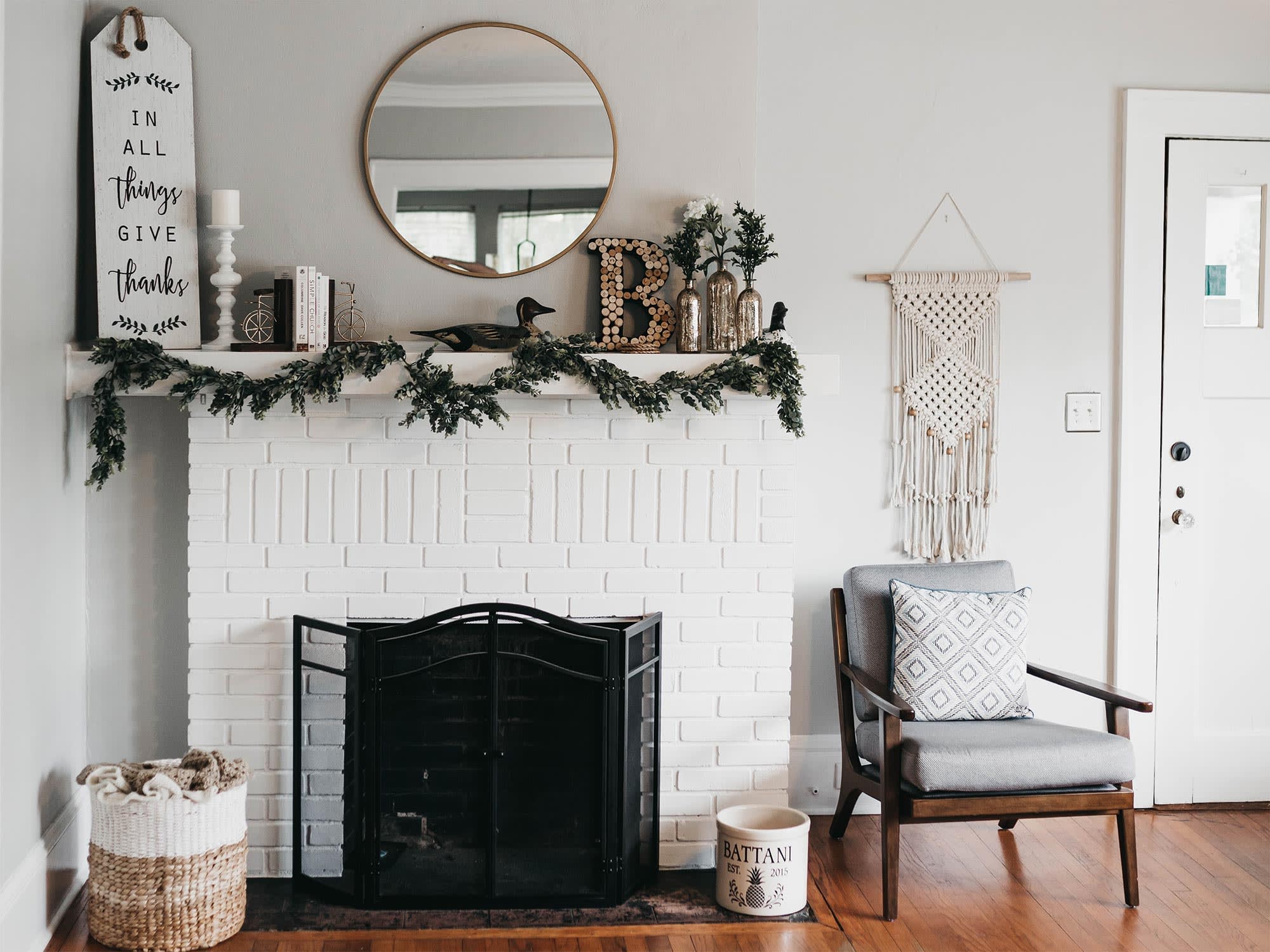
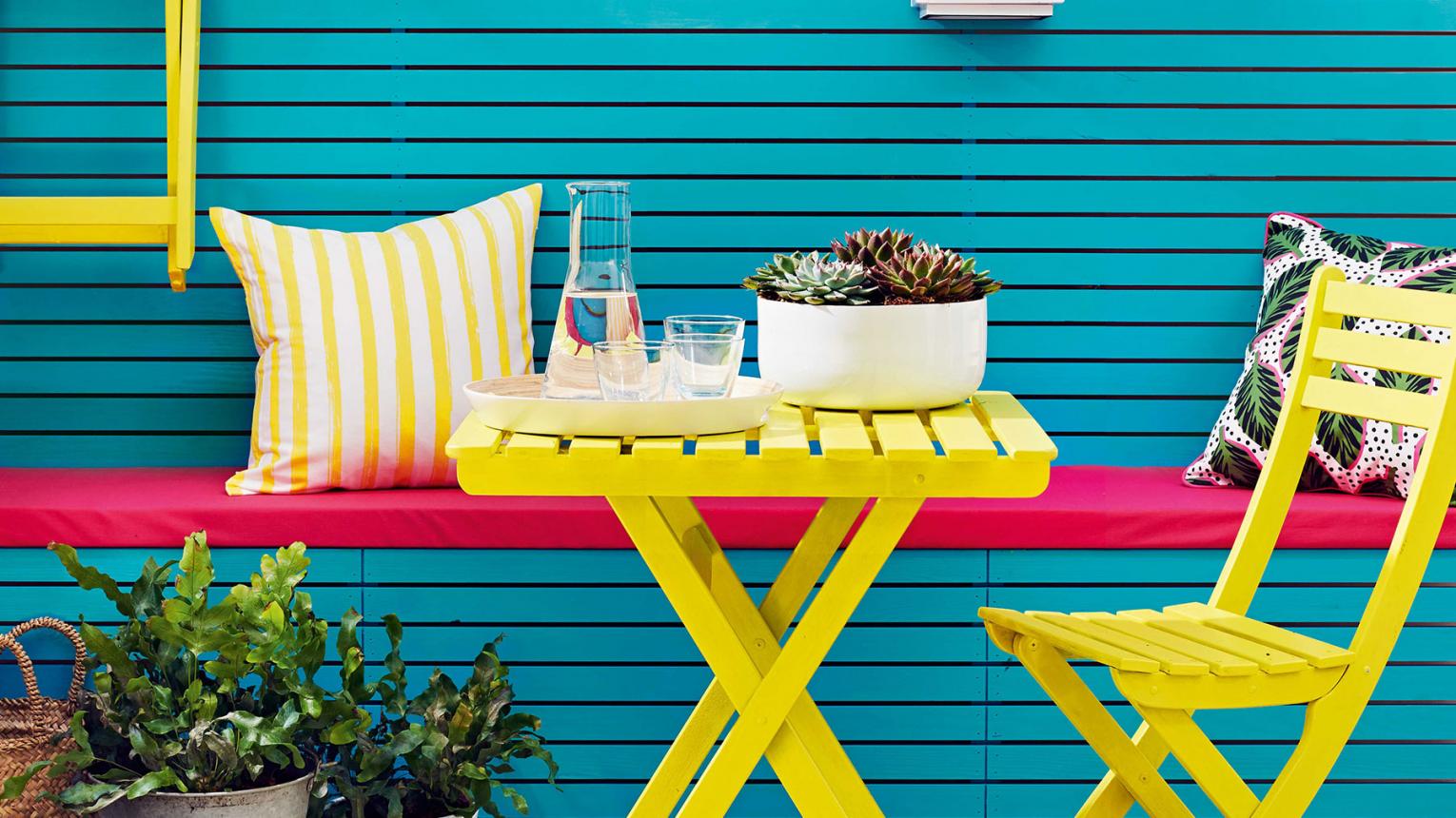
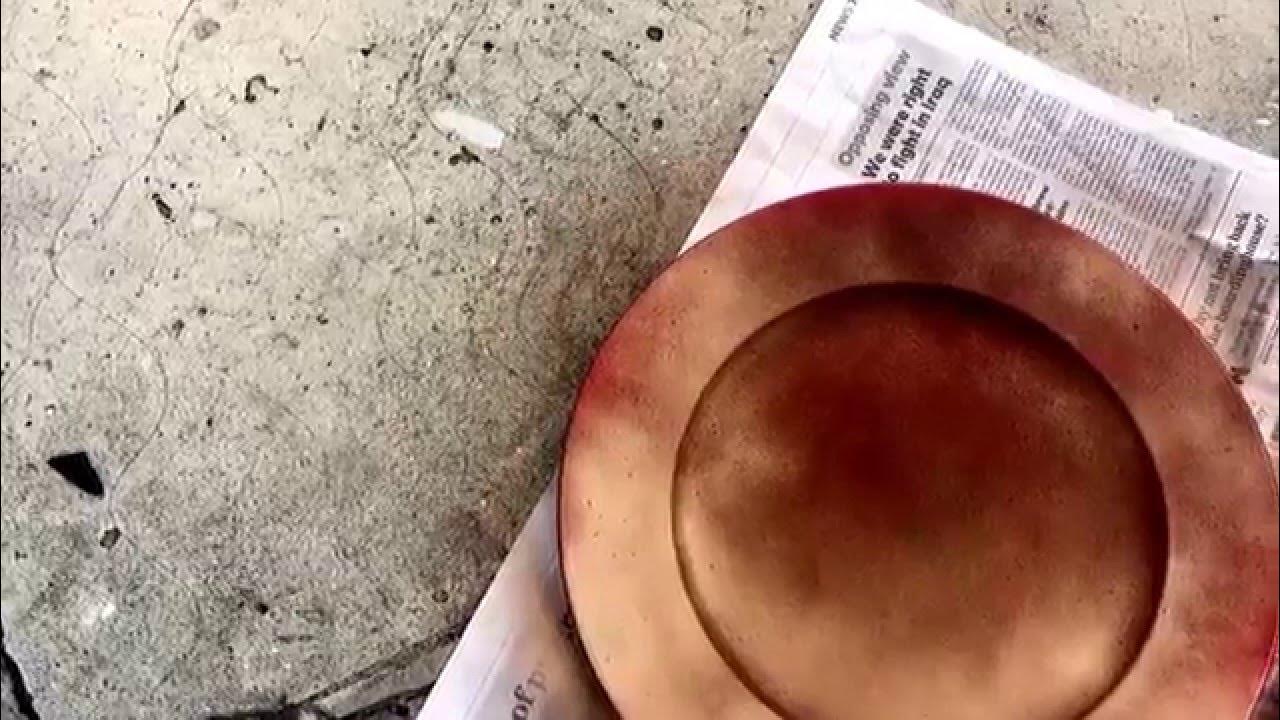
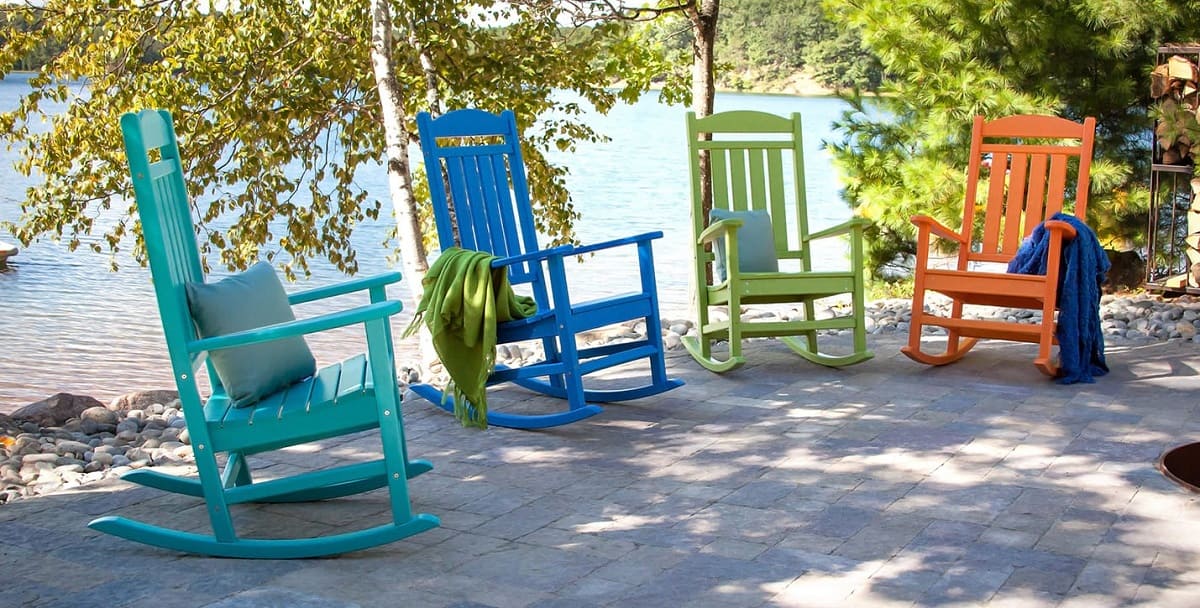
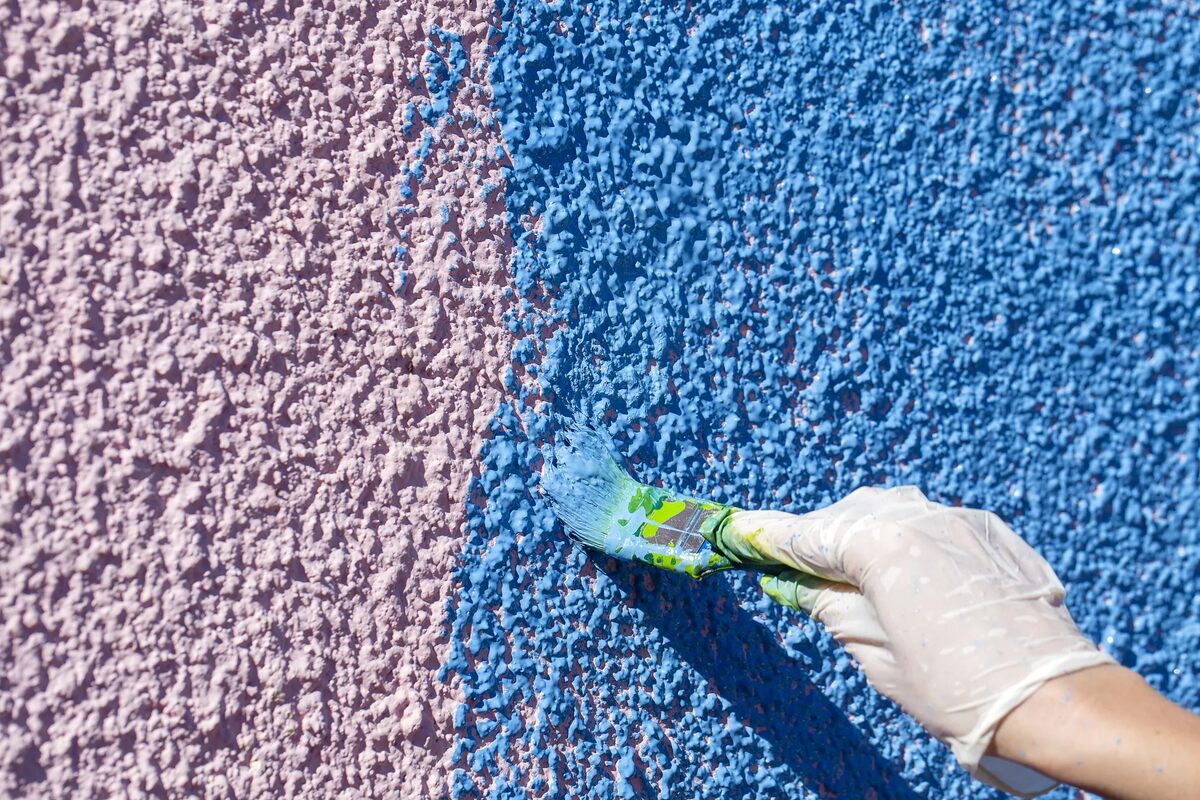

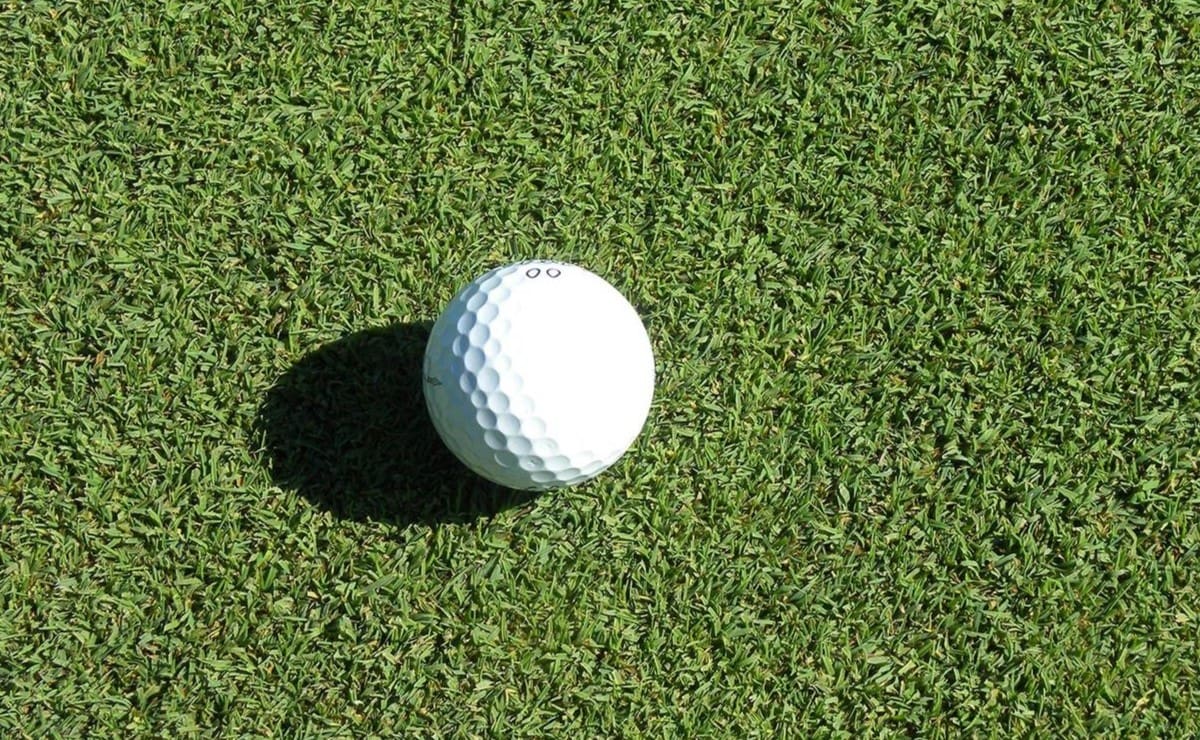
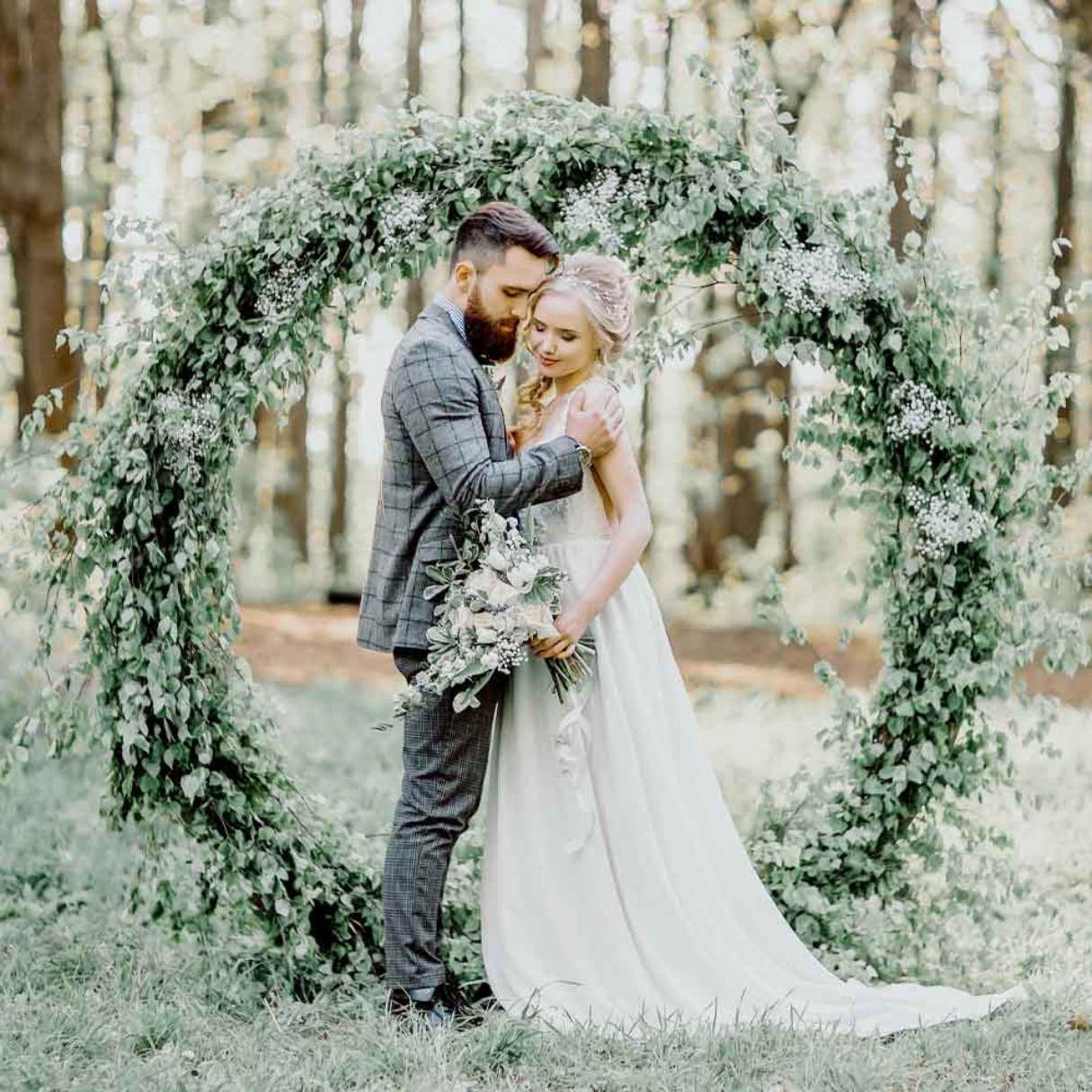

0 thoughts on “What Kind Of Paint To Use On Grass”